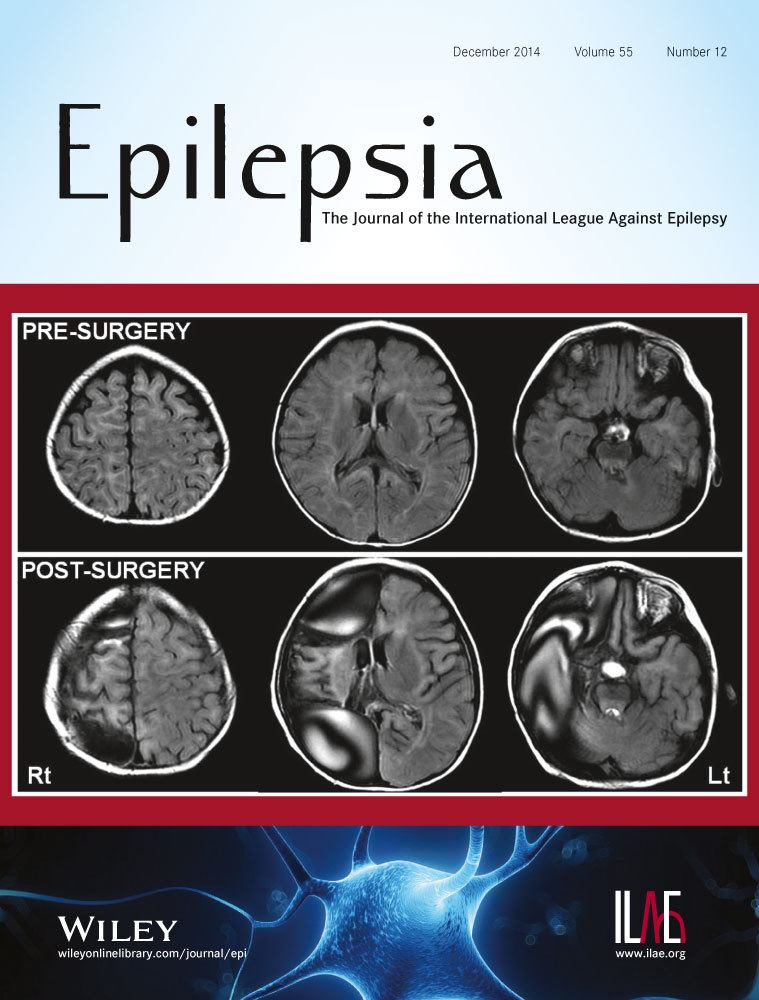sec-Butyl-propylacetamide (SPD) and two of its stereoisomers rapidly terminate paraoxon-induced status epilepticus in rats
Summary
Objective
Organophosphates (OPs) are commonly used insecticides for agriculture and domestic purposes, but may also serve as nerve agents. Exposure to OPs result in overstimulation of the cholinergic system and lead to status epilepticus (SE), a life-threatening condition that is often resistant to treatment. SE is associated with significant neuronal damage, neurocognitive dysfunction, and the development of lifelong epilepsy. Therefore, rapid termination of SE and prevention of brain damage is of high interest. Here we tested the efficacy of sec-butyl-propylacetamide (SPD) and two of its individual stereoisomers, (2S,3S)-SPD and (2R,3R)-SPD, in discontinuing OP-induced seizures. SPD is a one carbon homolog of valnoctamide, a central nervous system (CNS)–active constitutional isomer of valproic acid (VPA) corresponding amide valpromide.
Methods
Rats were implanted with epidural telemetric electrodes to allow electrocorticography (ECoG) recording 24 h prior, during and 24 h after poisoning with the OP paraoxon (at a dose equivalent to 1.4 LD50 Median lethal dose). All rats were provided with antidotal treatment of atropine and toxogonin. Epileptic activity was measured using a novel automated system to evaluate the different effects of midazolam, SPD, and its individual stereoisomers in comparison to nontreated controls.
Results
Treatment with SPD or its individual stereoisomer (2S,3S)-SPD significantly shorten paraoxon-induced SE and reduced the duration of recorded pathologic activity after SE was terminated. (2S,3S)-SPD was superior to racemic-SPD in diminishing delayed pathologic epileptiform activity within the first 8 h after SE.
Significance
These results suggest SPD as an efficient drug for the rapid termination of SE and pathological epileptiform activity following OP poisoning, a strategy to reduce neuronal dysfunction and the risk for lifelong epilepsy.




